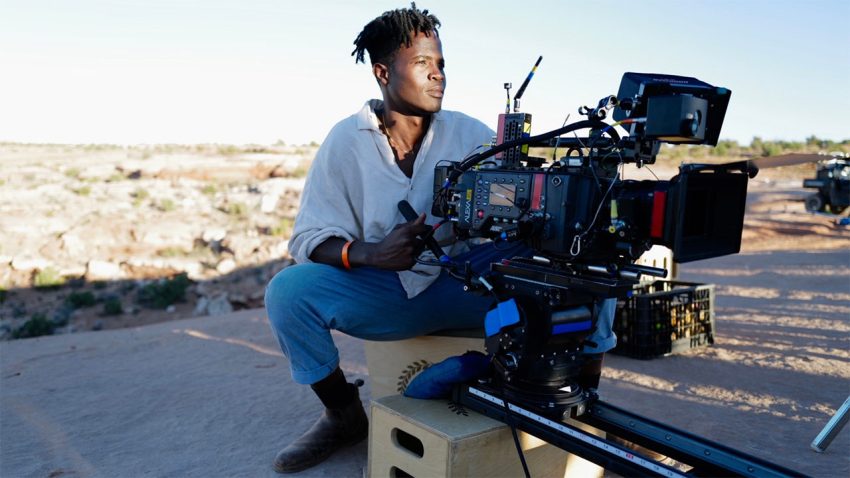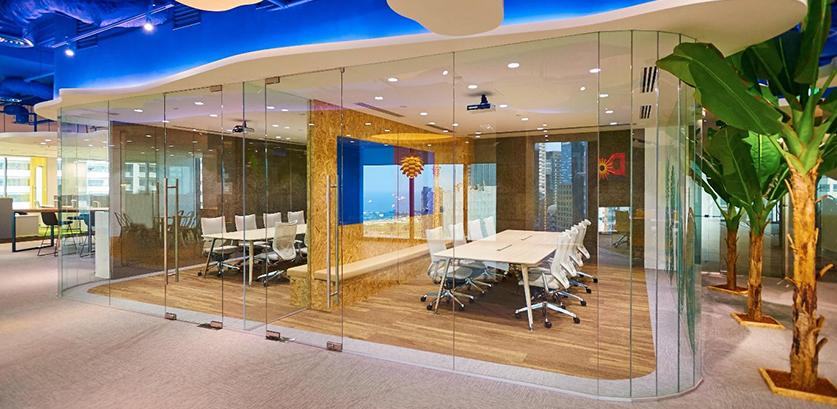From the traditional methods applied in the early days of filmmaking to the advanced tools and inventions defining modern cinema today, cinematography has evolved remarkably throughout the years. From the first black-and-white movie to the immersive images produced with digital cameras, cinematographers have always stretched the envelope of what is feasible. Along with improving the visual experience, this development has increased the cinematic narrative possibilities. worddoconline provides a plethora of tools to study more about the path of cinematography for people eager to discover the subtleties of this development.
Classical Cinematographic Methodologies
Early on in the history of film, cinematographers mostly told stories using natural lighting, practical effects, and simple camera techniques. Common techniques were long views, basic dolly shots, and fixed cameras to let directors construct emotionally powerful sequences with less equipment. Working on movies like Citizen Kane, cinematographers such as Gregg Toland created creative lighting and camera placement techniques that would enable better focus and more visual depth. Still relevant today, these classic methods set the groundwork for contemporary filmmaking.
New Camera Technologies: An Introduction
The opportunities for directors grew along with technological development. The advent of colour film in the 1930s changed everything since it let cinematographers use colour theory to produce visual experiences unthinkable in black-and-white films. This created fresh options for narrative where colour may represent character psychology, time era, or mood. Years later, developments like the zoom lens and Steadicam provided directors more control over camera movement and perspective. By use of these instruments, directors may create dynamic scenarios with more simplicity and accuracy, therefore augmenting the emotional impact of their work.
Digital Technology Plays in Contemporary Cinema
Greater adaptability provided by digital cameras let filmmakers record material in many lighting settings and with more detail than ever before. Faster production times resulted from the capacity to quickly evaluate photos and make on-site corrections. From camera settings to editing software, the emergence of Worddoconlinealso gave filmmakers and students of cinematography a fresh path for learning and conversation on the technical elements of digital filmmaking.
Visual Effect and CGI Innovations
The advent of computer-generated imagery (CGI) and visual effects has greatly shaped modern photography. These technologies have made it possible for cinematographers to build whole worlds and fanciful creatures previously unthinkable. Particularly in science fiction and fantasy, visual effects have revolutionized the narrative process. CGI innovations have let cinematographers effortlessly combine computer-generated aspects with practical images, producing visually spectacular movies that enthral viewers in whole fresh ways.















